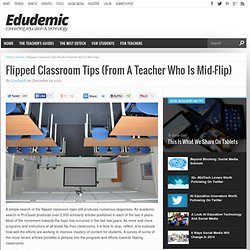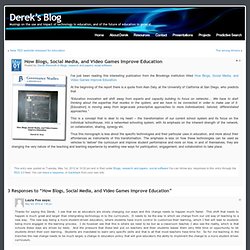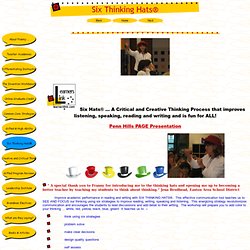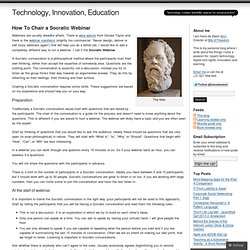

Flipped Classroom Tips (From A Teacher Who Is Mid-Flip) A simple search of the flipped classroom topic still produces numerous responses.

An academic search in ProQuest produces over 2,000 scholarly articles published in each of the last 4 years. Most of the movement towards the topic has occurred in the last few years. As more and more programs and instructors at all levels flip their classrooms, it is time to stop, reflect, and evaluate how well the efforts are working to improve mastery of content for students. A survey of some of the more recent articles provides a glimpse into the progress and efforts towards flipping classrooms.
Flipping A Classroom Takes Time! One recent article from October reported on the biggest lesson learned from flipping the classroom. What is flipped classroom. Top 10 Reasons that Blended Learning is Worth the Hype! This is a partial re-post of an article by Catlin Tucker from her blog at CatlinTucker.com Image from learningonlineinfo.org Using an online learning platform, online discussions, and/or work online to complement your class can: 1.

Save Time Teachers spend hours each week creating, copying, collating, stapling, and hole punching handouts, assignments and activity sheets for students. 2. Copy machines, ink, paper and repairs cost school districts thousands of dollars annually (monthly for some larger districts). In less fortunate districts, teachers are forced to spend hundreds— if not thousands – of dollars of their own money to supplement classroom resources. Teachers can save money and paper by posting assignments, directions, notes, reading materials online. Galleries on Education. How Blogs, Social Media, and Video Games Improve Education.
I've just been reading this interesting publication from the Brookings institution titled How Blogs, Social Media, and Video Games Improve Education.

At the beginning of the report there is a quote from Alan Daly, at the University of California at San Diego, who predicts that "Education innovation will shift away from experts and capacity building to focus on networks… We have to start thinking about the expertise that resides in the system, and we have to be connected in order to make use of it. [Education] is moving away from large-scale prescriptive approaches to more individualized, tailored, differentiated approaches.” This is a concept that is dear to my heart – the transformation of our current school system and its focus on the individual 'schoolhouse, into a networked schooling system, with its emphasis on the inherent strength of the network, on collaboration, sharing, synergy etc. Blended Learning: A Disruptive Innovation [INFOGRAPHIC] #edtech #edutech. Blended Learning at GrayHarriman.com. 7 Reasons Why Blended Learning Makes Sense. SMARTER SCHOOLS | by Michael Spencer Education no longer comes in rows and textbooks, but from a combination of sources.

Let’s start with a definition. What exactly is blended learning? Here’s a great, generally useful definition found on the City Prep Academies website that clarifies the term: “[Blended learning] integrates face-to-face classroom time with online learning (facilitated at all times by a classroom teacher), combining the effectiveness and socialization of the classroom with technology-enhanced online materials.” What makes blended learning especially appealing is that it provides students with courses that wouldn’t otherwise be available; teachers get near-instant student assessments and the opportunity to provide their students with individualized instruction. 1. 2. 3. 4. 5. 6. 7. If we’re excited and responsible in how we use technology for learning—then, like never before—the future of education is ours to create. Like this: Like Loading...
Six Thinking Hats® Six Hats® ...

A Critical and Creative Thinking Process that improves listening, speaking, reading and writing and is fun for ALL! Penn Hills PAGE Presentation " A special thank you to Franny for introducing me to the thinking hats and opening me up to becoming a better teacher by teaching my students to think about thinking. " Jena Brodhead, Easton Area School District Improve academic performance in reading and writing with SIX THINKING HATS®.
Think using six strategies problem solve make clear decisions design quality questions self assess collaborate more effectively The Research -- "Develop Critical and Creative Thinking Skills: Put on Six Thinking Hats®," PA Educational Leadership During the workshop the teachers will collaborate to learn the Six Hats® process and apply it to their content areas and standards. Six Thinking Hats® Cards: Key Words, Applications, Standards, and Examples. How To Chair a Socratic Webinar. The Man Webinars are usually dreadful affairs.

There is wise advice from Donald Taylor and there is the webinar manifesto (slightly too commercial: “Never design, deliver or sell lousy webinars again”) that will help you do a better job. I would like to add a completely different way to run a webinar. I call it the Socratic Webinar. A Socratic conversation is a philosophical method where the participants trust their own thinking, rather than accept the expertise of somebody else. Chairing a Socratic conversation requires some skills. Preparation Traditionally a Socratic conversation would start with questions that are raised by the participants.
Start by thinking of questions that you would like to ask the audience. In a webinar you can work through one question every 15 minutes or so. You will not share the questions with the participants in advance. There is a limit to the number of participants in a Socratic conversation. At the start of webinar. November 2013 issue. Game-based blended learning platform & audience response system.